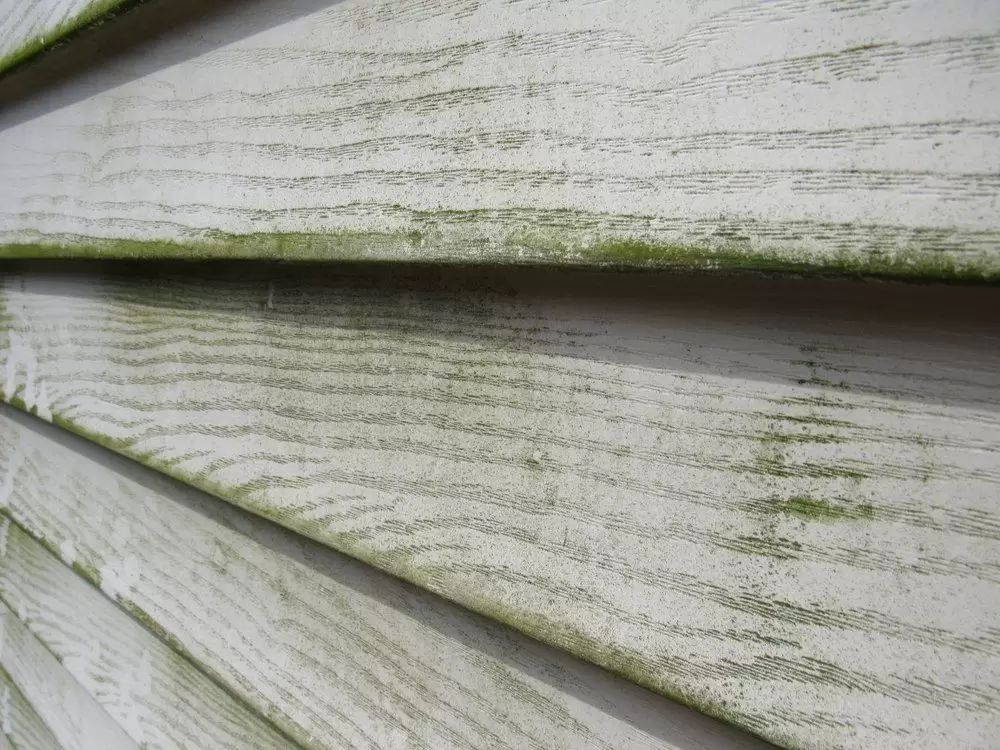Serving Kingman, Bullhead City, and Lake Havasu City
Menu

There’s mold in the air around us. The miniscule spores – invisible to the naked eye – float through the air waiting to settle down and consume. Mold has been on the planet for millions of years now. It will be here long after we’re gone. However, right now, mold does not belong in your home. The moment you spot mold, you’re on the clock. Waiting too long could mean the situation worsens. Your health and home will be negatively affected. It’s hazardous to your health. The answer? Professional mold remediation.
Mold needs a few things to grow in your home. These include:
The key here is moisture. Without moisture, mold cannot grow, since the other conditions are always present in the home. As such, when you’re dealing with a water leak or flood damage, you want to get the mess cleaned promptly. The sooner, the better. Within 48 hours of water damage, moisture, or humidity, mold will begin to grow and spread.
It’s well known that mold causes a number of negative health effects. The majority of these are focused on the respiratory system. However, certain types of mold tend to be worse than others. Some are highly toxic and lead to long-lasting health conditions. Most often, children, seniors, pregnant women, and those with pre-existing health conditions are most at risk for mold exposure.
These are a few of the most hazardous types of mold:
Over time, toxigenic and allergenic molds can lead to an increased risk of heart disease, various forms of cancer, and even death.
At the first sign of mold, contact Restoration 1 of Mohave County for top-rated mold remediation. Call us now at 928-235-4193!